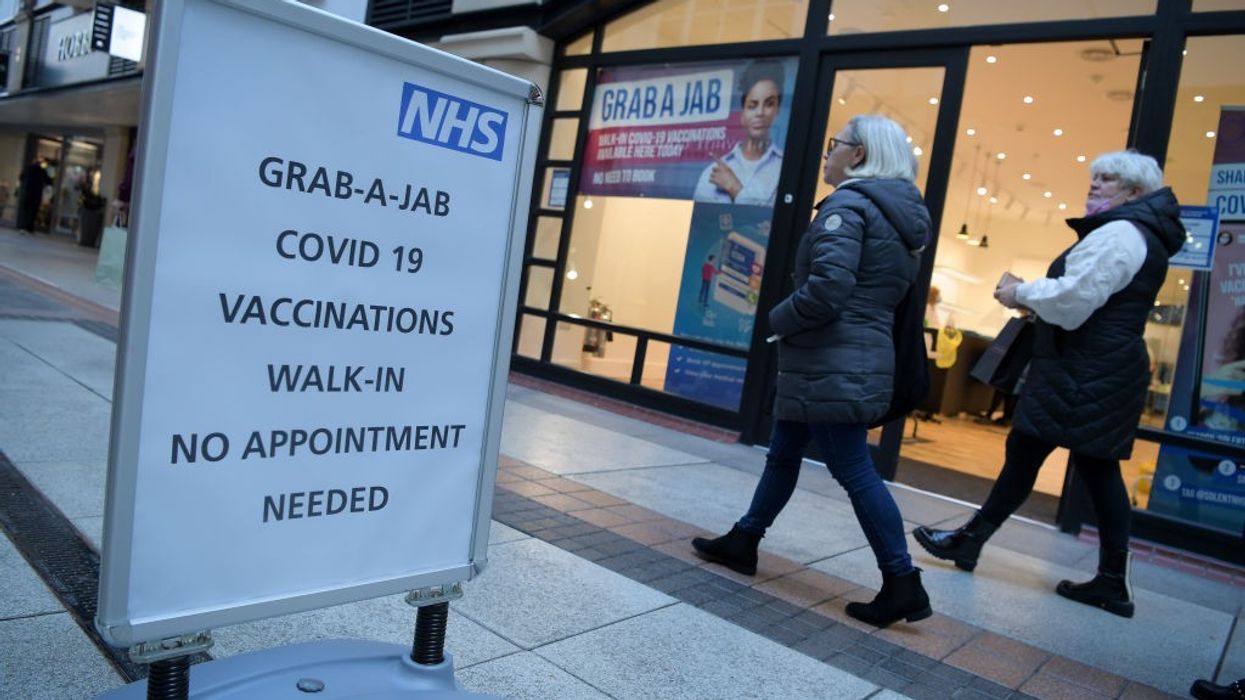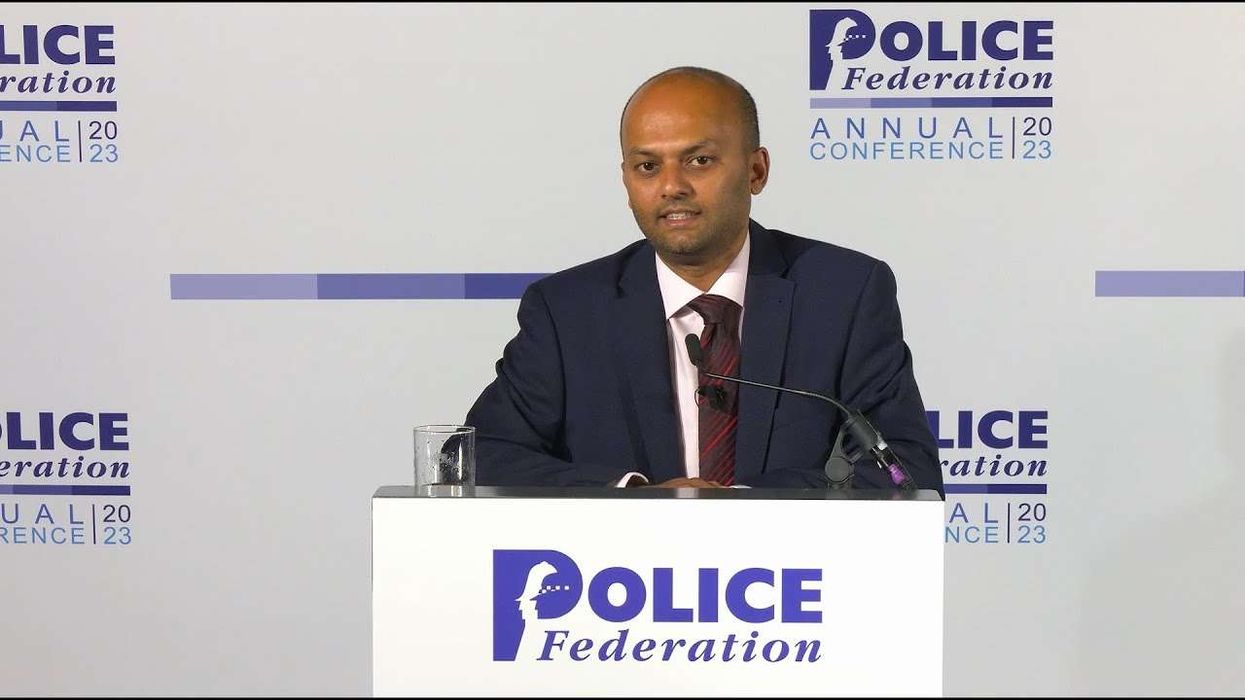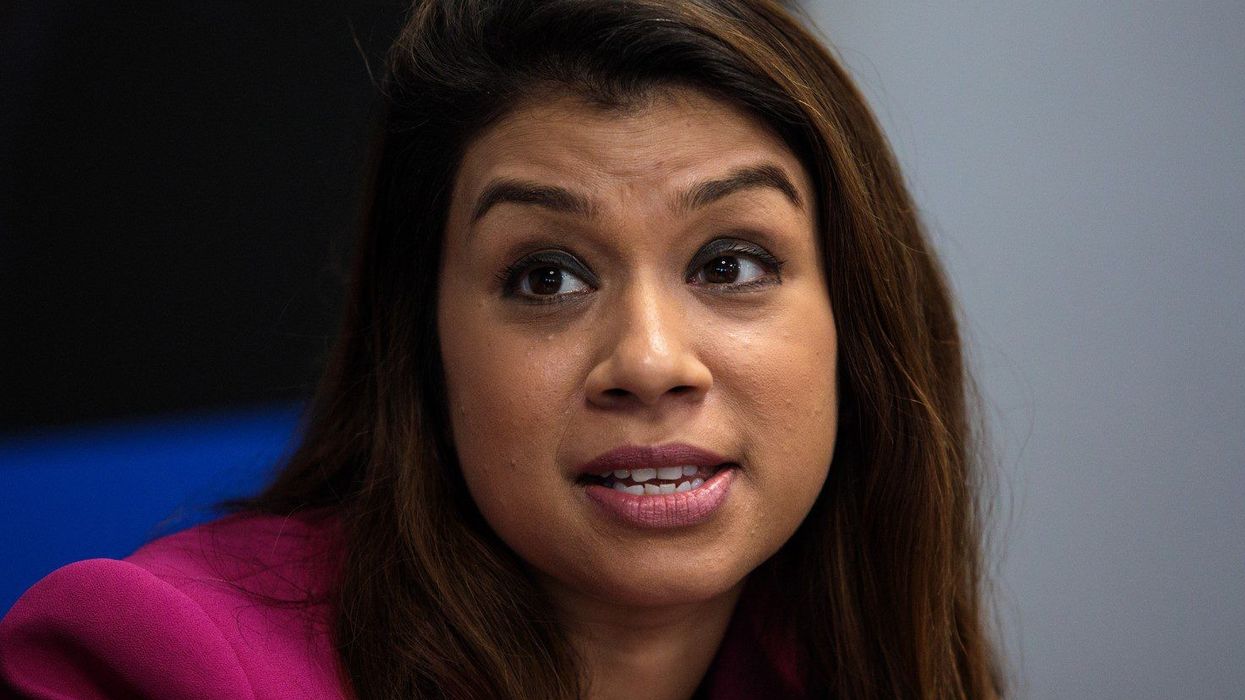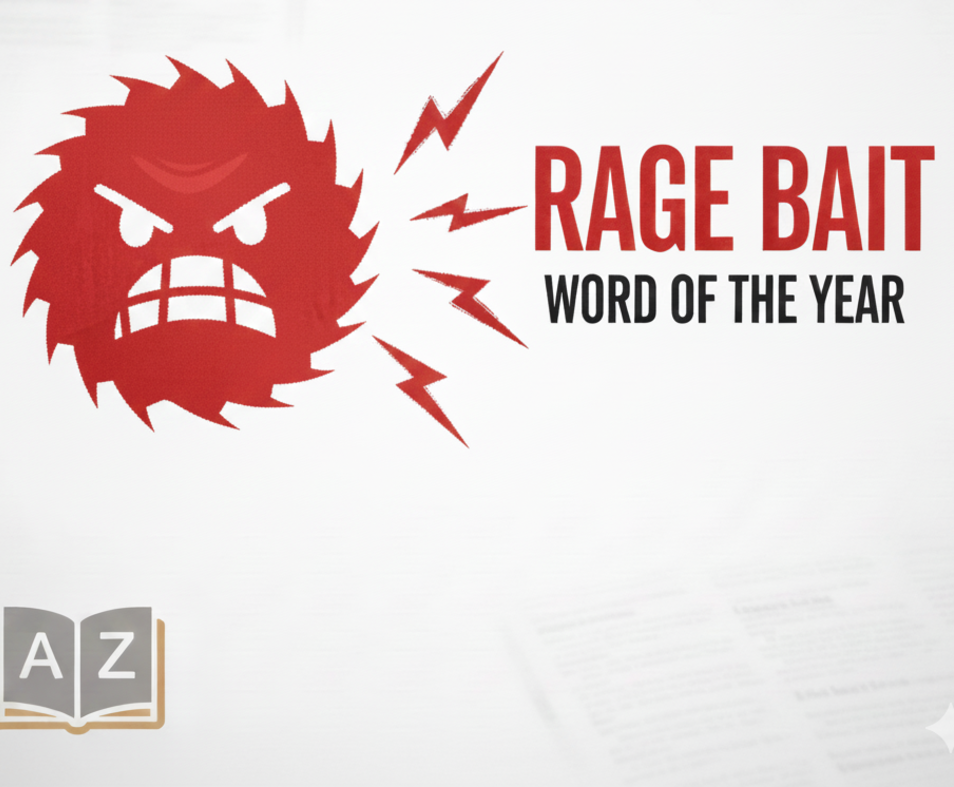EXPERIENCING the Covid pandemic may have accelerated brain ageing by five and a half months, regardless of whether individuals were infected, according to a new study. Researchers believe this points to indirect effects from factors such as isolation and uncertainty.
The team, led by scientists from the University of Nottingham, analysed brain scans of UK adults taken before and after the pandemic. They found that signs of accelerated brain ageing were most noticeable among older adults, men, and people from disadvantaged backgrounds — specifically those who were unemployed or had lower incomes or education levels.
However, cognitive effects, such as ‘brain fog’ and difficulty focusing, were found only in those infected with Covid, suggesting that brain ageing alone may not necessarily produce symptoms.
The findings, published in the journal Nature Communications, highlight “how much the experience of the pandemic itself — everything from isolation to uncertainty — may have affected our brain health,” said lead researcher Ali-Reza Mohammadi-Nejad, a research fellow at the university’s Faculty of Medicine and Health Sciences.
“What surprised me most was that even people who hadn’t had COVID showed significant increases in brain ageing rates,” Mohammadi-Nejad added.
According to the authors, pandemic-related brain ageing “may be at least partially reversible.” Given its strong association with socio-economic deprivation, the researchers emphasise the urgent need for policies addressing inequalities, especially as existing gaps widened during this time.
Artificial intelligence (AI) -powered models were used to predict brain age. These models were first trained on magnetic resonance imaging (MRI) brain scans of over 15,000 healthy individuals from the UK Biobank, learning how to measure the 'brain age gap' — the difference between measured brain age and chronological age.
The models were then applied to analyse two brain scans of 996 healthy participants: 564 people (the control group) had both scans taken before the pandemic, whereas the ‘pandemic’ group of 432 individuals had one scan before and one after the onset.
“The ‘pandemic’ group shows on average a 5.5-month higher deviation of brain age gap at the second time point, compared with controls,” the authors wrote.
They also found accelerated brain ageing was more pronounced in males and those from deprived socio-demographic backgrounds, with these deviations existing regardless of SARS-CoV-2 (the virus that causes Covid-19) infection.
Further, cognitive tests conducted at the time of both scans revealed that accelerated brain ageing correlated with reduced cognitive performance only in participants who had been infected with Covid.
Senior author Professor Dorothee Auer, of the University of Nottingham’s Neuroimaging department, said, “This study reminds us that brain health is shaped not only by illness but by our everyday environment.”
“The pandemic put a strain on people’s lives, especially those already facing disadvantage. We can’t yet test whether the changes we saw will reverse, but it’s certainly possible, and that’s an encouraging thought."
(PTI)







 Rage bait isn’t just clickbait — it’s Oxford University Press’ word of the year for 2025 iStock/Gemini AI
Rage bait isn’t just clickbait — it’s Oxford University Press’ word of the year for 2025 iStock/Gemini AI 
 Online Trends iStock
Online Trends iStock Rage bait isn\u2019t just clickbait \u2014 it\u2019s Oxford University Press\u2019 word of the year for 2025 iStock/Gemini AI
Rage bait isn\u2019t just clickbait \u2014 it\u2019s Oxford University Press\u2019 word of the year for 2025 iStock/Gemini AI 






